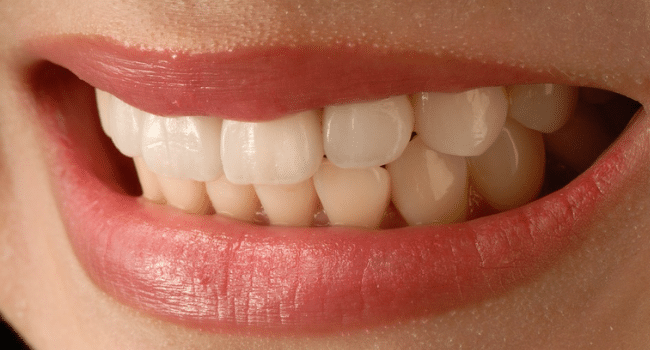Table of Contents
Sydney, the capital of New South Wales, Australia, is a vibrant city at night. Sydney’s iconic landmarks, such as the Sydney Opera House and the Harbour Bridge, lights up at night and give a majestic view of the Sydney Harbor. Tourists and residents enjoy the nightlife in Sydney since there are many bars for every type of person. You will never run out of people to meet at night since Australians are fond of drinking alcoholic beverages. However, do not make alcohol drinking a habit since it may affect your health and stain your teeth. Fortunately, if you have stained teeth, you can always correct them by using dental veneers.
What are Dental Veneers?
Dental veneers are very thin outer shells that are used to cover the imperfections of teeth. Veneers may be made of porcelain or other composite materials. Dental veneers are meant to look exactly like natural teeth, and they are likewise colour-matched to a patient’s existing teeth to make them look natural. Dental veneers may cover any chippings or cracks of your teeth. Likewise, composite veneers Sydney may also mask teeth stains and discolourations caused by poor mouth hygiene or smoking.
What do Veneers Look Like?
When properly crafted, dental veneers will look like your natural teeth but better. The difference between a tooth covered with a veneer and a natural tooth will be unnoticeable. Likewise, veneers will help improve your smile by improving the appearance and colour of your tooth. Veneers may also alter your teeth’ shape and appearance, making small teeth appear larger and closing any large gaps between teeth. Veneers are also used to smoothen teeth that have bulges, craters, or uneven edges.
How do Veneers Work?
Dental veneers, such as composite veneers Sydney, are paper-thin layers of a resin material bounded directly or indirectly on existing teeth. The adhesive bond and the veneer make your teeth stronger while masking any imperfections of your teeth.
When applying veneers, your dentist will remove around 0.3 to 0.5 mm of your teeth’s enamel. This procedure will create a surface that is suitable for bonding with the veneer. When the surface of your teeth is prepped, the dentist will either apply the composite resin directly on the surface or lay a pre-made veneer on it.
How Many Veneers Do You Need?
Installing veneers on teeth are more for aesthetic purposes rather than function. You may choose not to cover every tooth with a veneer but only choose teeth with minor damages and imperfections. Most often than not, people choose to have their front teeth veneered since they will show when they smile. A consultation with your dentist will allow you to know whether you will need veneers or not.
What are the Different Types of Veneers?
There are three different types of veneers to choose from, depending on the material. The type of veneer you will need will depend on the tooth problem you want to fix.
Porcelain Veneers. Porcelain veneers are made from thin layers of porcelain. This type of veneer is the best in resisting stains. Likewise, porcelain is a durable material and imitates the natural shine of teeth. However, porcelain veneers are expensive and having more than one tooth to be veneered with porcelain may be a costly investment.
Direct Composite Veneers. This type of veneer applies the composite resin directly onto your tooth after the tooth has been prepped. Direct composite resins are significantly cheaper than porcelain veneers and can be installed within a single dental appointment. However, direct composite veneers are not as durable as porcelain veneers, and you may need to have these veneers replaced more often than porcelain ones. However, direct composite veneers may last longer if you take care of them properly.
Indirect Composite Veneers. With indirect composite veneers, the veneers are also made from the same composite resin as a direct composite. However, instead of applying the resin directly onto your teeth, the dentist will create a mould of your teeth first, then create the veneer using that mould. After the veneer is ready, the dentist will then lay the veneer on your tooth using a special adhesive.
Composite veneers Sydney are cheaper alternatives to porcelain veneers. They may not be as sturdy as porcelain; however, composite veneers will last for a long time with proper care.
Read More on KulFiy:
Most common Dental Problems person face in life
Dental problems that can trouble you a lot
